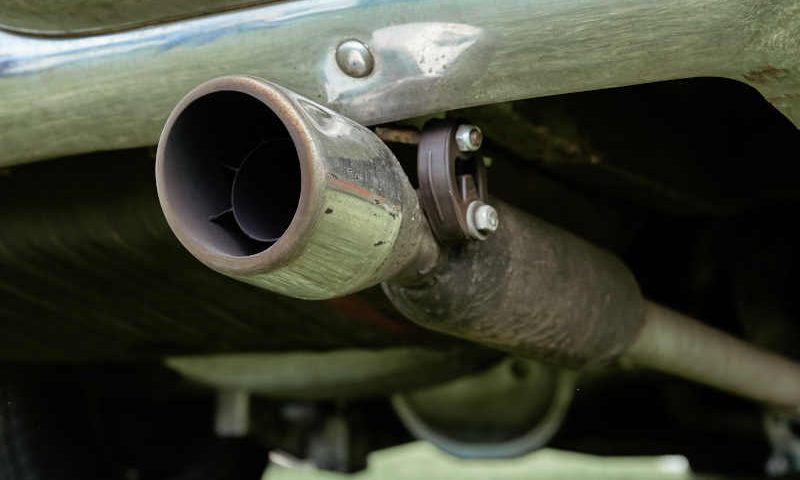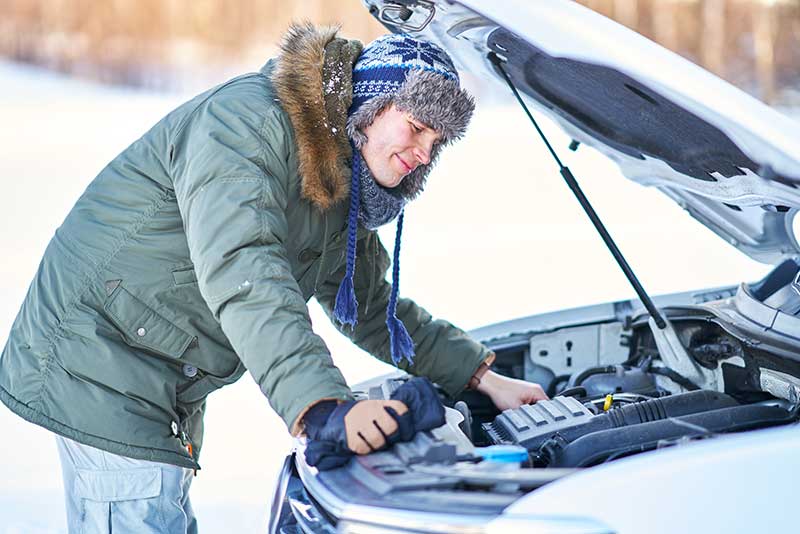6 Crucial Factors to Pass Smog Checks

Choosing Between Mineral Oil and Synthetic Oil
November 28, 2022
10 Critical Winter Tune-Up Checklist Items
January 6, 2023Smog checks are crucial to follow environmental safety regulations as well as to make sure the car is in correct running order.
Due to the following reasons, vehicles, particularly older models or those that are kept idle, may encounter difficulties during smog checks:
-
Repairs are Needed
Never submit a car that needs extensive repairs to a smog check because it will fail the test. A vehicle must be fully fixed before being brought in for a smog check.
-
Insufficient oil quality
When the oil hasn’t been changed in the last 5,000 miles, the engine oil condition during a smog check can be disastrous. A high concentration of hydrocarbons from insufficient oil changes will result in a failure of the smog test.
-
Lack of Engine Temperature
Passing the emission test requires optimal operating temperatures. Prior to being brought in for a smog check, a vehicle needs to be driven for at least 20 minutes. This provides adequate time for the coolant, oil, and catalytic converter to warm up to and maintain the acceptable temperature as specified by emission test regulations.
-
A Recent Battery Change or Disconnect
The information about a vehicle’s driving cycle will probably be lost if the battery is changed or if the connection is lost. A smog check cannot be cleared if internal self-test monitors are not present. So, before having your vehicle’s smog system inspected, drive for around 100 to 200 miles over the course of a week to reset or complete the emission monitors.
-
How the Check Engine Light is Behaving (CEL)
The smog test will automatically fail if the CEL light is on. A CEL that is switched on, however, is not an excuse to forego a smog check, according to California State Law. Visit a certified shop for emission repairs so they may use a tool to retrieve fault codes from the ECU (Engine Control Unit) and make the required repairs, turning the CEL off.
-
Insufficient Tire Pressure
All vehicle models older than 1999 are put to dynamometer tests as part of smog inspections. The only thing that will increase stability and control when driving during the emission test is sufficient tire pressure, as prescribed by the vehicle’s manufacturer. Therefore, before pulling in for a smog check, ensure your tires are properly inflated.
What makes smog checks crucial?
Smog checks may seem unimportant in comparison to the many other maintenance requirements to keep your car in good working order, but they actually do a lot to protect the environment. They check to make sure your car is safe for its occupants and other drivers, which can reveal a number of problems with air filtration, gas cap leaks, malfunctioning oxygen sensors, etc. The biennial model is designed to support the daily target in California of removing 100 tons of smog emissions through these inspections.
These problems are discovered early and can be fixed thanks to smog tests before they worsen. Along with risks, fuel economy may be improved in a smog to help drivers consistently get the maximum performance out of their vehicles.
Does my car meet the requirements for smog tests every two years?
The majority of the time, if you need a smog check, you may be getting ready to sell your car. A vehicle must be at least eight years old to require a smog check in any other case. Hybrid cars from the middle of the 1970s and after require regular smog tests as well, although cars that are under four years old don’t even need one if the owner changes.
How can I be certain that my car will pass a smog test?
Check to see that all warning lights are off or have been fixed before the inspection. Smog tests frequently fail because of check engine lights, and these tests must be followed by 100–200 miles of drive in order for the vehicle to pass. Muffler problems are another frequent cause of a failed inspection and may necessitate more intense financial support from the automobile owner.


